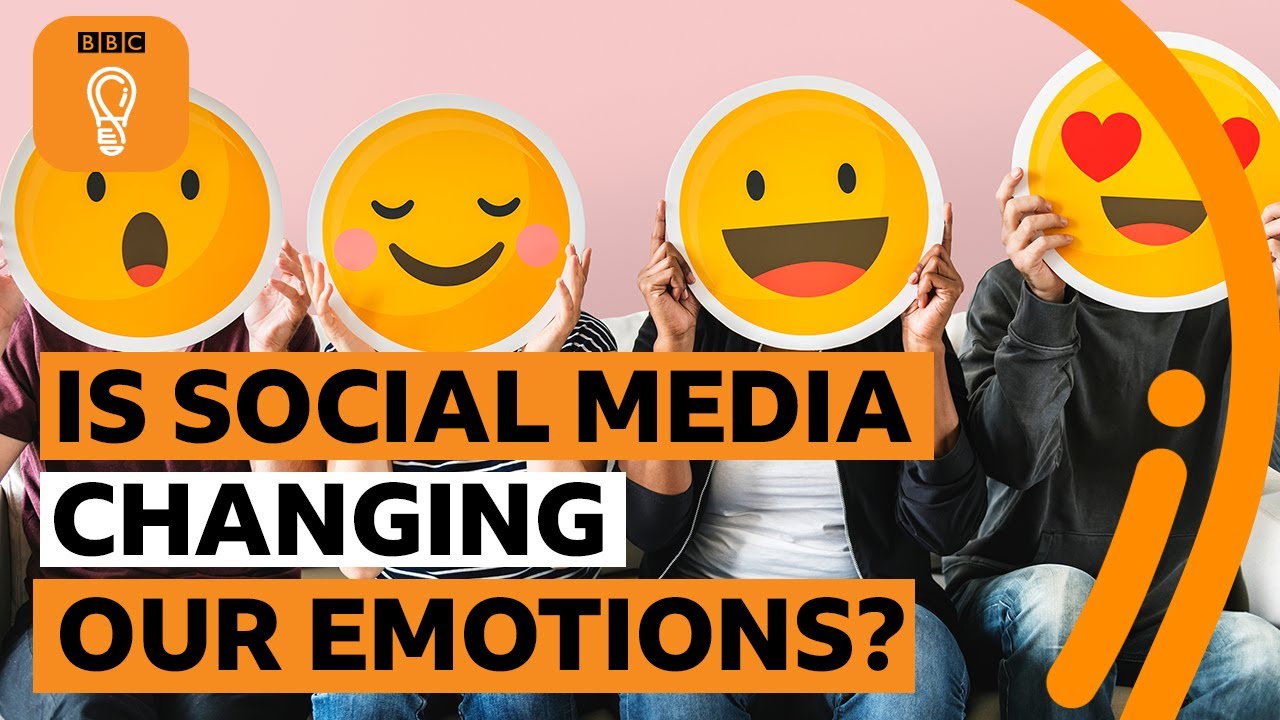5 ways to include a social-emotional perspective in teaching
Check this BBC video in which award-winning author Laurence Scott talks about how Facebook, Twitter and other social networks can impact our emotions. From his conclusions , we reflect on the importance of social emotional education.
One of the main goals of this type of education in schools is that students learn how to get to know themselves better by identifying where their needs, thoughts and emotions come from.
In order to achieve this, social interactions and creating a good atmosphere in class are key. We share 5 practical ideas to encourage this:
- Setting and caring of the shared space: classrooms must be a place where students would want to returnand can create a sense of belonging.Therefore, this space needs proper lighting, it has to be clean and it should allow students to move easily in order to carry out teamwork. – Designing personal activities that encourage dialogue (among students and teachers) and that allow to address different subjects from an interpersonal point of view.
- Making conflicts visible: Starting with teacher intervention, the search for solutions may be a chance to build agreements and rules for daily life.
- Proposing activities that allow students to reflect on different topics regarding their right to decide on their own body, so as to prevent or detect in time situations of harassment or abuse.
- Encouraging teamwork. Group activities require dialogue, negotiation, collaboration, asking for help, giving in to create consensus and accepting agreements. Making collaborative tasks can strengthen the meaningful learning of active listening, solidarity and empathy.


Find below some links that can be useful in the classroom.
- In this interview Sonia Williams from Fox, specialist in social emotional education, explains why it is key to create a positive, healthy and balanced environment.
- In the eBook “Emociones, sentimientos y afectos: Las marcas subjetivas de la educación”, (Emotions, feelings and affections: subjective brands of education), edited by Carina Kaplan, PhD in Education from Universidad de Buenos Aires, different authors share conceptual notes on how to strengthen the teaching of emotions and their research on understanding emotivity in educational processes.
- Buenos Aires City Government has developed a document to address the opportunities and challenges of a Social-emotional skills assessment.
Find out more about Laurence Scott visiting: https://laurencescottwriter.com/


